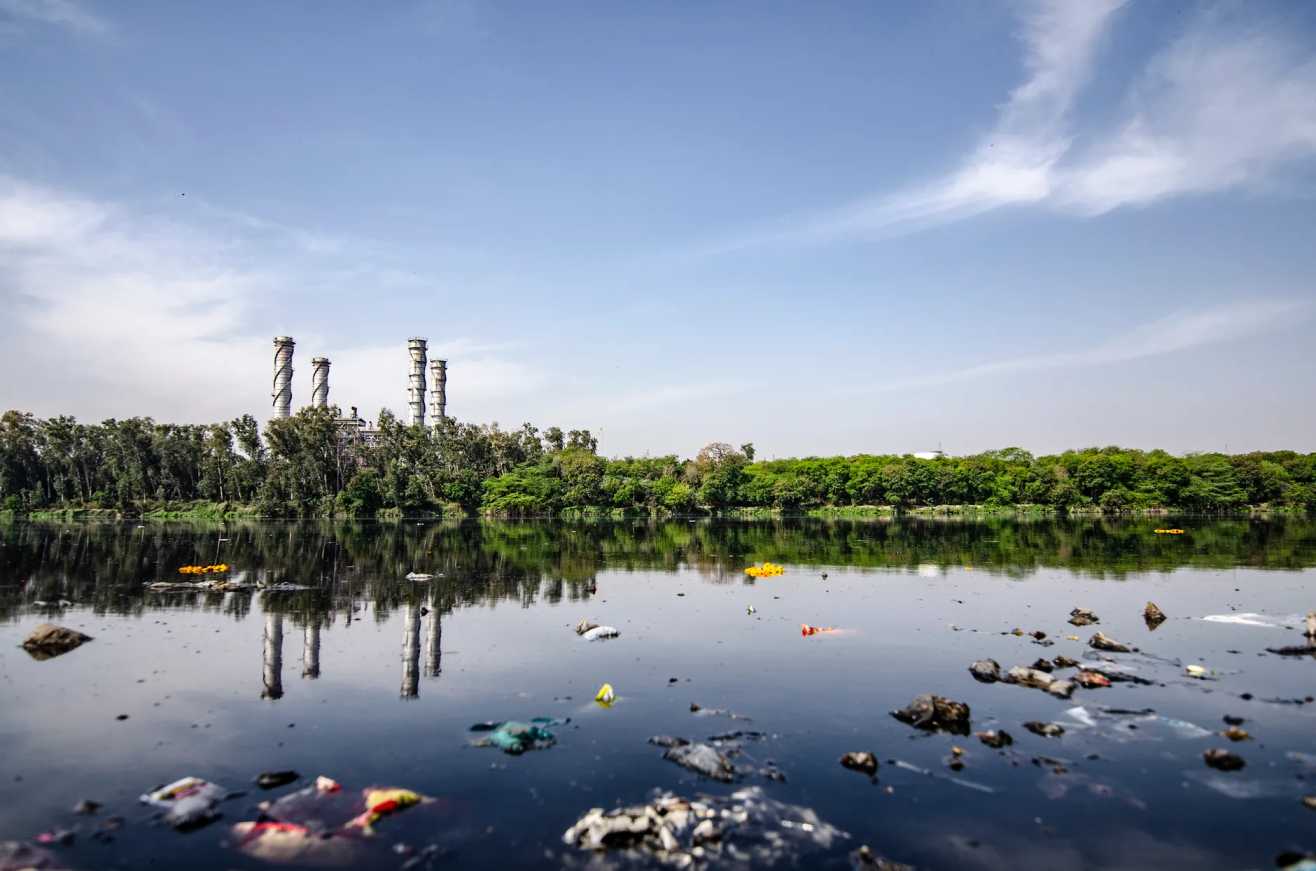Sources of Water Contamination on Military Bases
With over a hundred military bases shut down due to water contamination, it is important to find the source of these issues and put a stop to them. Keep reading to learn about some of the sources of water contamination on military bases and how they get to the point where the base has to be shut down, and in some cases, declared a superfund site.
Leaks In Fuel Tanks
Every military base needs fuel, and it is perfectly understandable to see the need for fuel tanks. However, according to Camp Lejeune information, a leak in the fuel tanks can spell disaster for the affected base and the surrounding community. A lot of fuel tanks on bases are placed right above an aquifer, and if those tanks leak and reach the aquifer, those contaminants are going right into the groundwater and into the taps of every person living on base before spreading tens to thousands of miles depending on the reach of the pipes. Unfortunately, leaks are not easy to detect if they are below a certain severity, which is why Camp Lejeune had their water contaminated for decades before something was reported.
Lead in the Pipes
While it is safe to shower in water that has lead in it, there is no level of lead in water that is safe for human consumption, especially not for children. If you have lead in your water, you are at risk for a variety of medical complications, including increased blood pressure, decreased kidney function and reproductive problems.
For the longest time, lead was used in just about everything, especially in paint and water pipes. If a military base was built before lead became a banned material in 1986, there is a good chance that the pipes, also known as service lines, are the same lead pipes that were originally installed. If not, there might still be lead in the groundwater and the soil. Once lead is in the ground, it remains there for generations. For instance, if a lead pipe were to be installed today, the lead that got into the soil would have a half-life in that soil for 700 years. That means that the lead would not leave the soil in the area the pipes were installed until the year 3422.
Runoff From Dry Cleaning
Dry cleaning, while not as popular today, was essential a couple of generations ago. Everyone used to use this service, including on military bases. Since the runoff containing the chemicals used in the dry cleaning process was usually improperly disposed of, it is also responsible for water contamination. Though dry cleaning services may not be used as much on bases today, the chemicals are still around to increase the chance that anyone using the affected water will get some form of cancer.
Beyond these specific examples, other persistent chemical compounds, often referred to as ‘forever chemicals’ due to their inability to break down, have emerged as a major concern for water quality. These substances, like PFAS, have contaminated water sources across the nation, including many military installations and surrounding communities. Exposure to such chemicals has been linked to a range of serious health issues, prompting widespread public health advisories and environmental remediation efforts.

